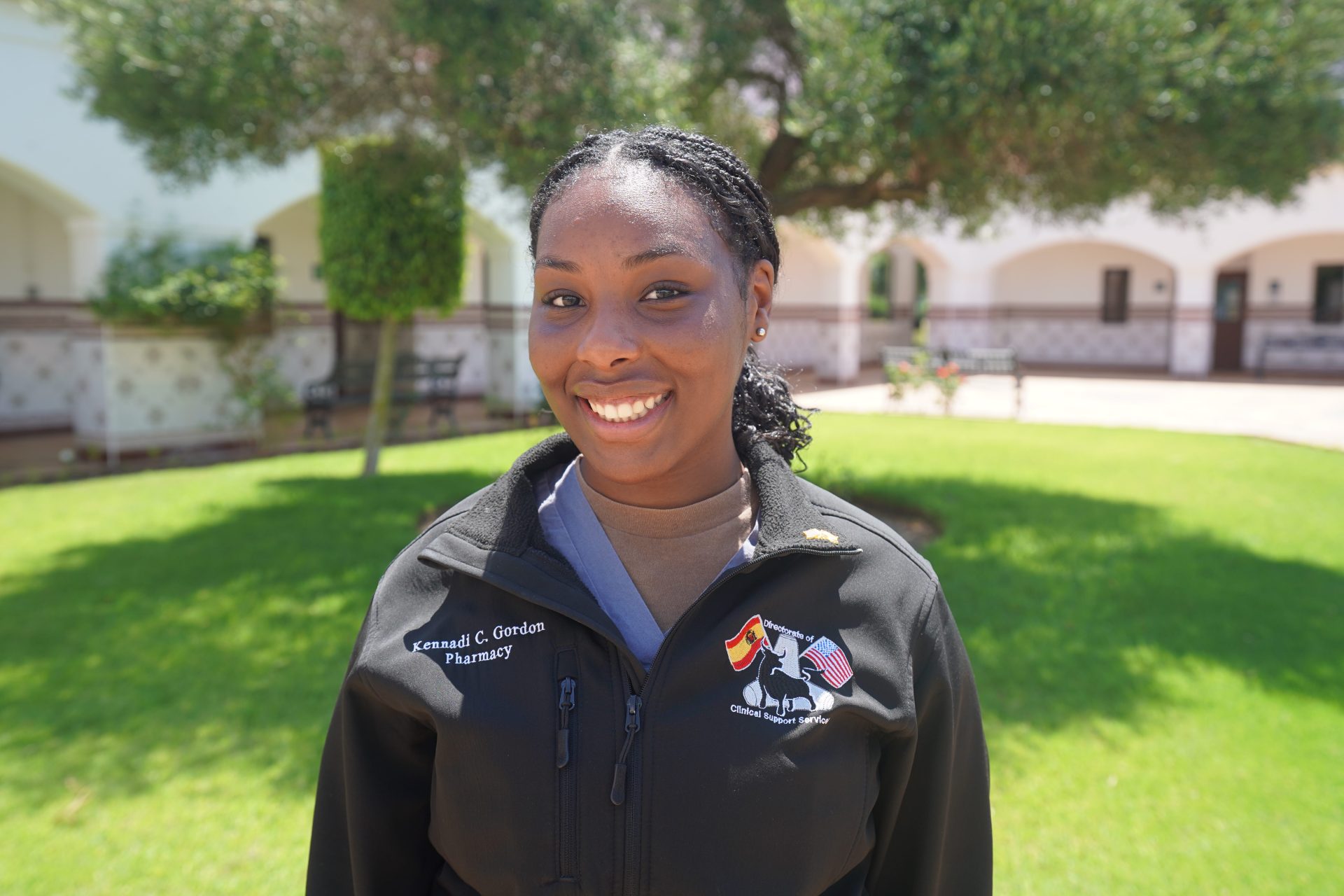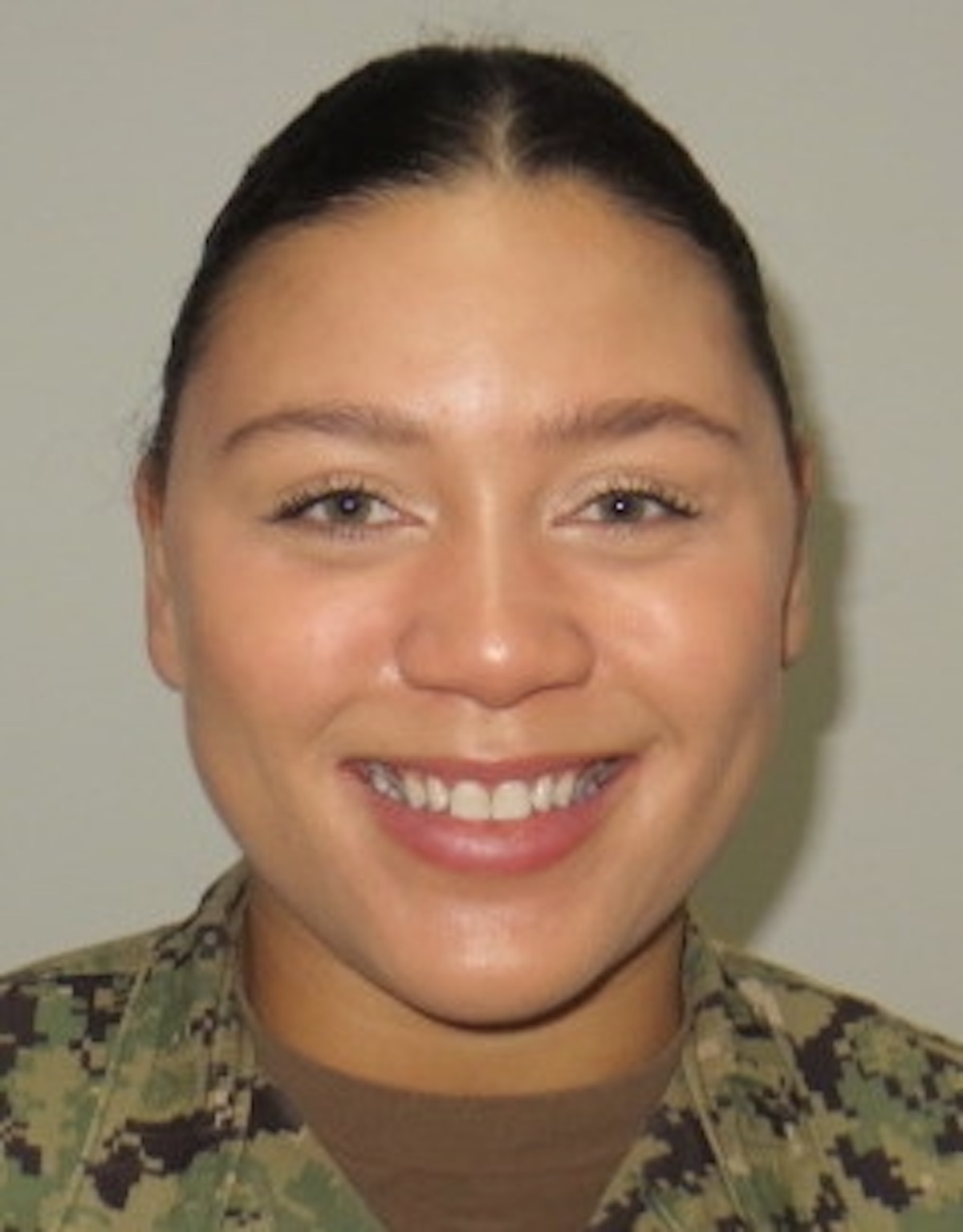By LARRY DANDRIDGE
 This is the 5th article on Veterans’ benefits, in a series of 12, to be published in The Island News. These articles on Vet’s benefits are meant to encourage Veterans and their Dependents and Survivors to learn what their benefits are and to file a claim for those benefits. These articles are not a substitute for the advice of a Veterans Service Officer (VSO) or A Veterans Benefits Regional Office/Intake Office or the detailed information published by the Department of Veterans Affairs at places like:
This is the 5th article on Veterans’ benefits, in a series of 12, to be published in The Island News. These articles on Vet’s benefits are meant to encourage Veterans and their Dependents and Survivors to learn what their benefits are and to file a claim for those benefits. These articles are not a substitute for the advice of a Veterans Service Officer (VSO) or A Veterans Benefits Regional Office/Intake Office or the detailed information published by the Department of Veterans Affairs at places like:
The VA website www.va.gov and https://www.va.gov/disability/how-to-file-claim/
The Federal Benefits for Veterans, Dependents, Survivors Pamphlet 80-19-01 at https://www.va.gov/opa/publications/benefits_book/2019_Federal_Benefits_for_Veterans_Dependents_and_survivors.pdf .
You can file a claim with the help of a Veterans Service Officer (VSO) or another certified adviser. SC County Vet Affairs Offices addresses, phone numbers, and email addresses can be found at https://scdva.sc.gov/county-veterans-affairs-offices . Filing a claim can be complicated and confusing, therefore using a VSO is always wise.
You can file a claim with the VA for service-connected disabilities online, by mail, and in person. You also have a choice of using one of the two claims processes:
You can file under the VA’s Fully Developed Disability Claim (FDC) Process or
Through the Standard Disability Claim Process.
If you need help filing a disability claim, you can also contact a VA regional office and ask to speak to a counselor. To find the nearest regional office, call 800-827-1000.
No matter which path you take to file, if your claim is approved, the date of award of disability will be the date you filed the claim or the date you formally notified the VA of your Intent-to-File using VA Form 21-0966. Intent to file can be by phone or in writing.
To file under the VA Fully Developed Claims Program, for disabilities not previously claimed and worsening conditions, follow the instructions at https://www.va.gov/disability/how-to-file-claim/evidence-needed/fully-developed-claims/ and https://www.va.gov/disability/how-to-file-claim/evidence-needed/ .
If you have or can gather all the evidence and supporting documents needed to file with your claim, the FDC process is normally the preferred way to file because the VA will expedite the claims process when they get your claim and supporting documentation.
Under the FDC process, you will need to turn in the information and evidence at the same time as you file your claim. If you turn in more evidence after you send in your fully developed claim, the VA will remove your claim from the expedited FDC program and process it as a standard claim. The VA will give your standard claim the same attention as an FDC claim. However, the process will be slowed down while the VA waits for you to submit all of your evidence and supporting documents or waits until the VA can request and obtain those documents.
For the VA to consider your claim fully developed, you will need to:
Submit a completed Application VA Form 21-526EZ found at https://www,vba.va.gov/pubs/forms/VBA-21-526ez-ARE.pdf.
Submit all evidence and supporting documents along with your claim.
Certify there is no more evidence the VA might need to decide your claim.
Go to any VA medical exams required. VA will notify you of needed exams.
To file a claim, you will need to follow the instructions at https://www.va.gov/disability/how-to-file-claim/ and send the VA the following documents:
Your DD214 or other separation documents.
All private medical records related to the claimed condition, like reports and letters from your own doctor or X-rays and other test results.
Records of medical treatment received for the claimed condition while serving.
Any military personnel records (Purple Heart Award, Line of Duty Investigation, Safety Report, Performance Evaluations, Orders, etc.) you have that relate to the claimed condition, and information about any related health records that you don’t have but that the VA can request from a facility like a VA medical center.
You can also submit letters (lay witness statements) from family members, friends, clergy members, and those you served with that can tell the VA more about your claimed condition and how and when it happened.
Any supporting research done that supports your claim of service connection.
You have up to one year from the date the VA receives your claim to turn in evidence. If the VA decides your claim before this, you’ll have the rest of the one-year period to turn in more information to support your claim. Average number of days to complete disability-related claims in September 2020 is 131.5.
Don’t miss out on your hard earned federal and state Veterans’ benefits. Read the information at www.va.gov and https://www.va.gov/disability/how-to-file-claim/, start assembling your evidence, and call and make an appointment with your county VSO.
Larry Dandridge is a patient at the RHJ VA Medical Center; an Army ex-Enlisted Infantryman, Ex-Warrant Officer Combat Pilot, and retired Lt. Colonel; a past Veterans Service Officer; a volunteer Patient Adviser at the RHJ VA Medical Center; the Fisher House Charleston volunteer Good Will Ambassador; the volunteer VP for Veteran Affairs for the Coastal Carolina Association of the US Army (AUSA) Chapter; the Author of the award winning BLADES OF THUNDER (Book One); the CEO of TVV Publishing LLC; a past Aerospace Company Regional Manager; the Founder of CLC Hospice LLC; a Lean Six Sigma Black Belt; a Motivational Speaker; a past University Business, Aeronautics, Military Science, and Writing Instructor; and a contributing writer for the Lowcountry Weekly & Island News. You can reach Larry at LDandridge@earthlink.net.







